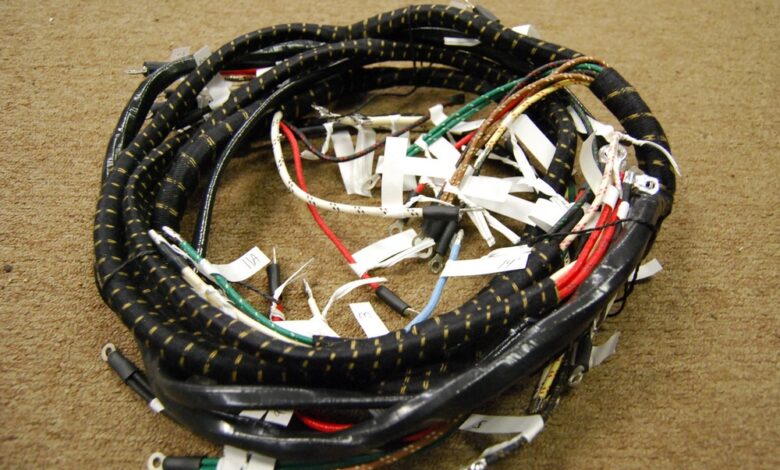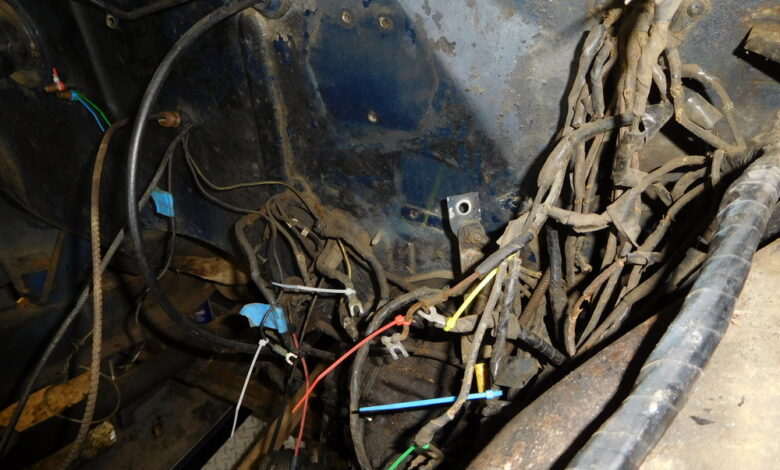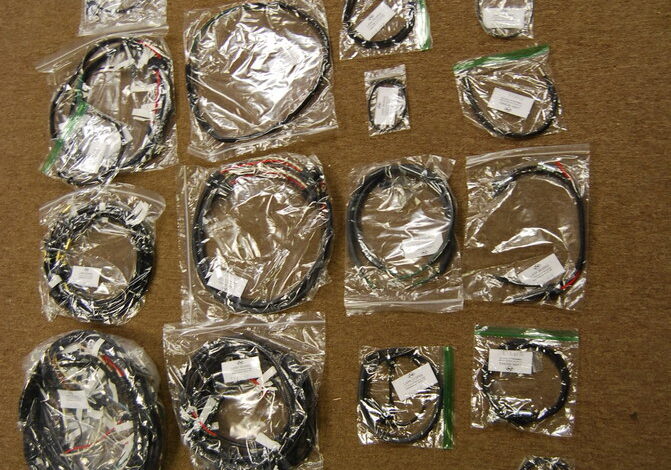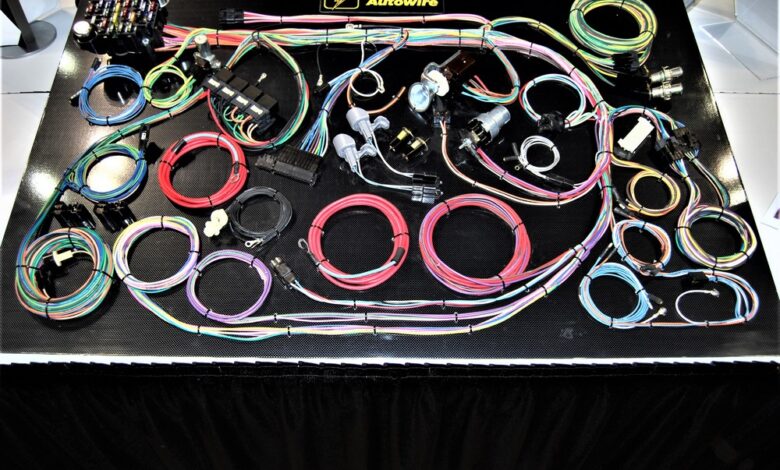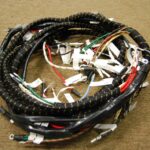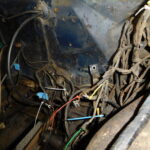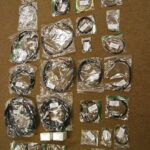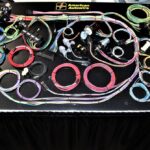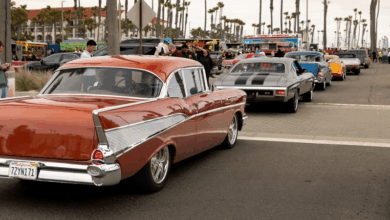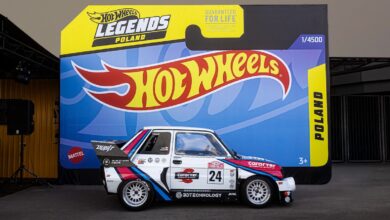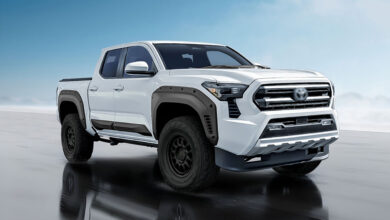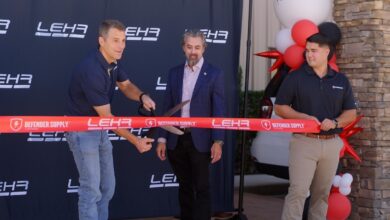This article originally appeared in the June 2023 issue of THE SHOP magazine.
Automakers may be facing a chip shortage that’s hindering their production and hurting their sales. However, there’s no shortage of wiring harnesses for pre-computerized cars that may come into your shop for restoration work or a hot rod or custom build.
In fact, some of the same suppliers sell harnesses for “chip cars,” too.
In the case of a harness, the word “custom” can be confusing. A “custom” wiring harness is a reproduction of the electrical wiring that the automaker installed in a car when it was built at the factory.
Meanwhile, a “universal” harness is the kind most often used in hot rods, restomods, custom cars and rat rods (see below).
MAKING CONNECTIONS
Every shop owner knows that installing a factory reproduction wiring harness is not an easy job. If the old harness was in poor shape or modified in any way, routing the new harness properly can become an even more daunting task.
The wires in a reproduction harness are made to original factory lengths, so a wire that’s routed incorrectly may not reach all the way to the spot where it’s supposed to connect.
But, even if the installation is difficult, you may think that ordering a harness, at least, is easy. You know the year, make and model of your customer’s car, so can’t you just call and get a wiring harness for that particular vehicle?
Dawn Erickson, the owner of a wiring harness shop called Lark Works, says there’s more to it than that.
Erickson is from Stockton, Kansas. She worked for a Minnesota firm that did harnesses for the military and wiring for the medical industry. Later, she became a full-time auto restoration student at McPherson College in McPherson, Kansas.
After school, she opened a full-time business making Studebaker wiring harnesses, naming it after the Lark car.
“It was a learning curve,” she says modestly.
If your shop needs to replace a harness and you call Erickson to ask about getting one for a particular vehicle, she’ll first tell you that she is busy and needs to plan orders months in advance. Then, she’ll start asking you questions that explain why ordering a harness is somewhat complicated.
The list of questions looks something like this:
- For verification, what information is on the top line of the body tag on the firewall?
- Do you need battery cables?
- Do you need ignition (spark plug) cables?
- Does the car or truck have directional signal lamps? (They were not standard prior to 1953).
- Does the vehicle have fog lamps?
- Does the vehicle have back-up lamps? If so, are there one or two?
- Does the vehicle have a spotlight(s)?
- Does the vehicle have a clock?
- Does the vehicle have a heater and defroster?
- Does the vehicle have a glove compartment lamp?
- Does the vehicle have a cigarette lighter? If so, is it illuminated?
- If it has a cigarette lighter, does the ash receiver have a lamp?
- Does the vehicle have a trunk lamp?
- Does the vehicle have a radio? Is it a factory radio?
After a shop answers these questions, Erickson can provide a very detailed price quote for review. Then, after a deposit is paid, she will schedule the building of your harness in the next available opening.
Erickson drove a 1962 Studebaker Hawk while at McPherson College. She also started doing Studebaker harness work based on what she had learned working for the company in Minnesota.
The Hawk wasn’t her first Studebaker. That was a ’53 Champion two-door sedan that she rescued from a field in the Gopher State. She still has that car.
“Building harnesses keeps me very busy,” says Erickson. “My spouse helps too, mostly with taxes and accounting, but also with cutting wires for harnesses. We did actual restoration work for a short time but decided that our efforts were best directed toward the harness-making part of the business. I like the cleaner, somewhat artistic nature of the work more than restoring a car in a shop that got really hot during Kansas summers.”
Her favorite part of the whole process? The research.
“I have a large library of Studebaker and engineering drawings (blueprints) and some from Packard,” she notes. “The future is unknown, but for now we just keep building Studebaker harnesses. I also work with other harness shops and provide wiring for other car makes.”
UNIVERSAL WIRING KITS
Meanwhile, a universal wiring kit might be a good alternative for your shop’s latest project if the car is a build rather than a factory-correct restoration.
Most universal kits are lower-priced than a custom-built stock wiring harness. They come with a specific number of circuits—most offering 12 or 14, but some specialty models offering up to 21. Some are designed as 12- to 14-circuit systems to give shops and other customers greater flexibility.
A prewired fuse block matching the number of circuits is provided. A 12-circuit system will include 12 fuses and 12 circuits. This is a good choice for cars that do not have many powered options, such as a 1930s Deuce Coupe hot rod.
Many kits come with extra-long wires. This allows them to be installed on almost any car, including station wagons and professional vehicles such as hearses or limousines with stretched chassis.
A good kit will have all the wires clearly labeled. Some kits will have labels attached every five inches and some will have labels every 12 inches. The labels may include the part number or tell you about which fuses to use at certain points. Spark plug cables may be labeled to tell you which cylinder they fit.
Many universal kits come with detailed instructions for specific General Motors, Ford and Mopar installations. To make jobs even easier, the wires in most universal kits use General Motors color coding.
A quality universal performance wiring kit will include fuses for turn signals and headlights, as well as for an accessory circuit, a radio, brakes, a heating fan, windshield wipers, hazard lights, gauges, a climate control system, an ignition coil, a dome light, a clock, a cigarette lighter and a headlight dimmer switch.
Kits will also include electrical relays and connectors for a horn, the directional signal lights, the hazard signal and the dimmer switch, plus a headlight circuit breaker.
If your build includes more modern options such as cruise control, power windows, power door locks, a power seat, a GPS system, etc., you can find kits with as many as 17 fuses and 21 separate circuits.
